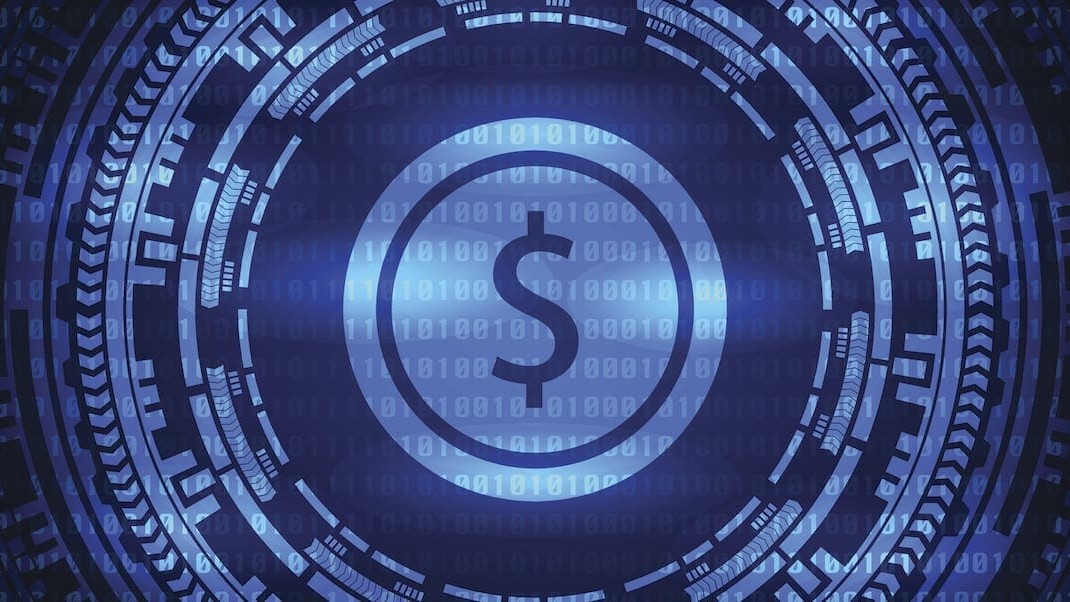If Paul Revere were alive today, he might trade his horse for a smartphone and text every banker he could find: “The Millennials are coming! The Millennials are coming!”
Although, he might be a bit late. The Millennials are here, making up the largest generation in the U.S. workforce today, according to Pew Research Center. They are earning real money and will soon also be the biggest group in need of banking tools and services.
Banks will need to cater their product offerings to meet the needs of this generation as it matures into the biggest consumer force in the country.
And that includes right here in Denver South: According to a recent report, Millennials are the largest generation group in the Denver Metro Area.
Here are some of the key ways banks are changing to accommodate the unique needs of the Millennial generation:
Mobile-first banking
According to the American Banking Association (ABA), 77 percent of Millennials say they always have their phone with them, and 79 percent already use mobile channels to do their banking, according to Gallup.
Banks don’t just have to offer digital tools, they need to make them available anytime and anywhere a user wants to access them. This is evident in apps that let customers do things like deposit checks remotely and move money between accounts.
But banks will need to push their mobile offerings even further to keep Millennial customers. Not only will complex financial tools need to be easily available, they’ll need to be simplified for a mobile audience.
Whether offering snapshots of financial health, AI-driven personal finance assistants or utilizing augmented reality to provide a richer banking experience, the future of banking is one where customers will be able to get what they need, when they need from anywhere in the world.
The battle for loyalty
One of the biggest challenges for banks in the coming years will be earning loyal Millennial customers.
According to Gallup, Millennials change banks at a rate that is 2.5 times more often than Baby Boomer and 1.5 times more than Gen Xers, and the ABA notes that more than half of them say their bank doesn’t offer anything unique.
Banks must find ways to differentiate themselves in the eyes of Millennials. And as companies like Google and Apple start to make inroads with financial products, timing is critical.
The Financial Brand notes that banks need to forget about using offers and incentives, because everyone else runs the same promotions to attract customers. Instead, they argue, focus on things like digital design and transparency. Creating an elegant and easy-to-use workflow is much more likely to keep Millennials coming back than a catchy tagline.
And the reward is lucrative: 60 percent say they want their bank to be a partner and friend, according to a Facebook IQ study. If banks get it right, they’ll have Millennial customers for decades to come.
Saving and waiting
As a generation that saw their parents’ investments dwindle during the financial crisis of 2008, Millennials are into tucking away savings and putting off major life events like marriage or buying a house.
According to the ABA, 86 percent of Millennials are already putting money into savings accounts every month. Additionally, just 26 percent get married before the age of 32, citing the financial cost of a wedding as the major reason.
There are a few ways banks are shifting to accommodate this generation’s risk-averse banking habits. One is to meet them on their territory, tailoring financial products that meet those habits and make them easier. That might mean offering different savings accounts and services tailored to helping them save up for houses or other big purchases.
But banks can also work to engage with Millennials more, using technology to create financial tools that feel personalized. According to a Salesforce study, 61 percent of Millennials are willing to share personal information if it leads to a more personalized product or service.
Millennials are less into investing than their parents, but also much less concerned about their privacy. They’re used to sharing information, and as long as it makes their lives better, they’re up for it. Banks are beginning to find ways to utilize this, but they have to be careful to do it ways that are authentic and transparent, and always with the Millennial customers in mind.
Suggested Reading:
Even five years from now, the way we bank might look drastically different. Emerging technology like artificial intelligence, augmented and virtual reality, and the ubiquity of mobile devices is changing the game, but behind it all is the Millennial generation driving that change. You can have the coolest AI app in the world, but if Millennials aren’t using it, it will be dead in the water.
Millennials will undoubtedly change the banking industry, but it will be in ways that are good for consumers. It might not be exactly like the old days when you got a sucker after visiting the local branch with your mom, but it will be a new age of customer-first, customer-driven banking products and services.
Related posts:
· How businesses are engaging the next generation of customers
· How Millennials will change business

